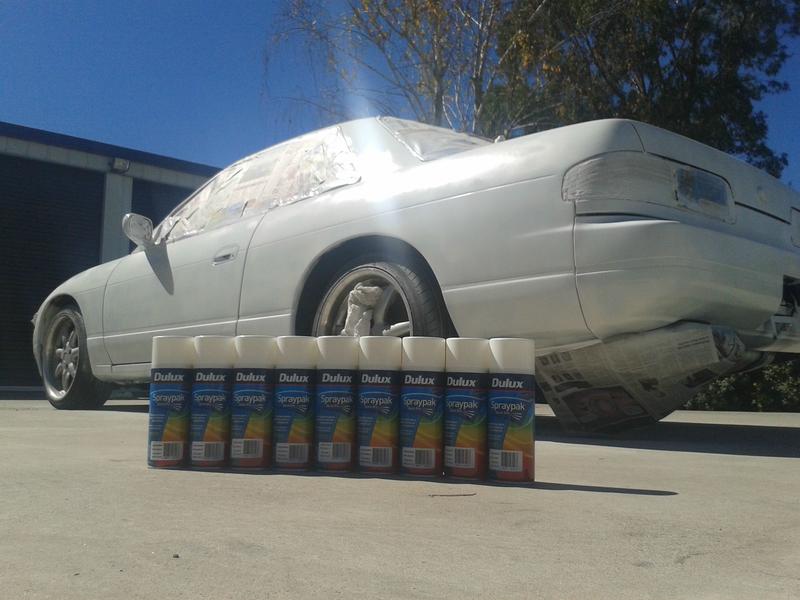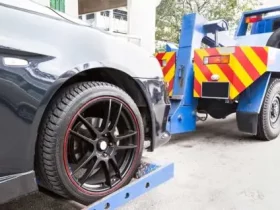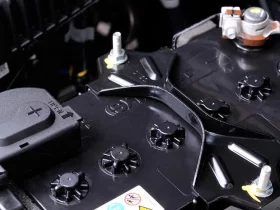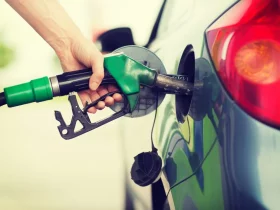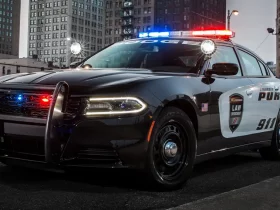One common question among car enthusiasts and DIYers is how many cans of spray paint are needed to paint a car. It’s a valid concern, as using too few cans can result in an uneven finish, while using too many can be wasteful and expensive.
The answer to this question depends on various factors, such as the size of the car, the color of the paint, and the desired level of coverage.
Importance
Using too little paint can result in uneven and patchy coverage, while using too much can be a waste of money and resources.
By accurately determining the number of cans needed, you can ensure that you have enough paint to effectively cover the entire surface of your vehicle.
Not only will this save you from the frustration of running out of paint halfway through the job, but it will also help you budget your expenses. Buying excessive cans of spray paint can be an unnecessary expense, especially if you have a limited budget for your car project.
Factors
When calculating the number of cans of spray paint needed to paint your car, there are several factors to take into consideration. These factors include the size of your car, the color of the paint, and the desired coverage level.
1. Car Size:
The size of your car will play a significant role in determining the amount of spray paint required. Larger vehicles will obviously require more paint than smaller ones. As a general rule, compact cars may need around 3-4 cans of spray paint, while larger SUVs or trucks may require 6-8 cans.
2. Paint Color:
The color of the paint you choose can also impact the coverage and the number of cans needed. Lighter colors such as white or silver generally require fewer coats and less paint. On the other hand, darker colors like black or red might need additional coats for complete coverage, which will require more cans.
3. Desired Coverage Level:
The level of coverage you desire will also influence the amount of spray paint needed. If you are aiming for a flawless finish with no visible hints of the previous color, you will need more coats and subsequently more cans of paint.
Steps to calculate the quantity of spray paint
Now that you are aware of the factors that affect the number of cans of spray paint needed, let’s discuss how you can calculate the exact quantity required for your car. By following these steps, you can eliminate the guesswork and ensure that you have enough paint to complete the job:
Measure the surface area of your car
Start by measuring the surface area that needs to be painted. Measure the length, width, and height of each section individually, such as the hood, doors, and roof. Then, calculate the total surface area by adding all the measurements together.
Determine the coverage rate of the spray paint
Check the label or manufacturer’s instructions of the spray paint you intend to use. Look for information on the coverage rate, which is usually provided in square feet per can. This will give you an idea of how much area a single can of paint can cover.
Divide the total surface area by the coverage rate
Divide the total surface area of your car by the coverage rate provided by the spray paint manufacturer. This calculation will give you an estimate of the number of cans needed to cover the entire surface of your car.
Best practices for spray painting a car
Now that you know how to calculate the quantity of spray paint needed for your car, it’s important to understand the best practices for achieving a professional-looking finish. Here are some key tips to keep in mind:
1. Preparation is key:
Before starting the spray painting process, thoroughly clean and sand the surface of the car to remove any dirt, rust, or old paint. This will ensure better adhesion and a smoother finish.
2. Use a spray booth or work in a well-ventilated area:
Spray painting can release harmful fumes, so it’s important to work in a well-ventilated space. If possible, set up a temporary spray booth or work outdoors to minimize the risk of inhaling toxic fumes.
3. Practice your technique:
Before painting the car, practice your spraying technique on a scrap piece of cardboard or metal. This will help you get accustomed to the amount of pressure needed and the distance at which to hold the spray can for optimal coverage.
4. Apply thin, even coats:
When painting your car, it’s better to apply several thin coats rather than one thick coat. This will prevent drips, runs, and an uneven finish. Allow each coat to dry completely before applying the next one.
5. Protect surrounding surfaces:
Use masking tape and plastic sheets to cover any areas of the car that you don’t want to be painted, such as windows, wheels, and trim. This will help you achieve clean, professional-looking lines.

